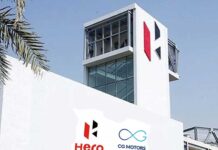
As we head towards 2022, it’s time to reminisce about the year we are about to leave behind. Beyond doubt, 2021 was a year of mixed fortunes for the automobile industry and it is looking forward to the year ahead with lots of hopes. While the early part of 2021 struck a major blow in the wake of the second wave of the pandemic, the later months saw the revival process being impacted by production losses caused by global shortage of semiconductors. Notwithstanding the double whammy, the industry has kept the morale high and is marching ahead confidently on its road to recovery. While it is expecting to see an end to the chip crisis in the next few months, it is also hopeful that the New Year 2022 will turn out to be a year of unhindered, and robust, growth. We reproduce below the industry perspective in the words of some key players.

MR SHASHANK SRIVASTAVA, Senior ED, Mktg & Sales, Maruti Suzuki India
The year 2021 has been quite a roller-coaster year for the auto industry. From overcoming the devastating impact of the COVID 19 second wave to battling the crippling global semiconductor shortage, I believe, the auto industry has seen it all and, hopefully, is now on its road to recovery. As per the SIAM Automotive Mission Plan, the industry has set a target of increasing contribution to the GDP by 12-15 pc in the next few years. So, the coming year will be critical for the growth of the auto industry and the economy at large.
As more and more Indians get vaccinated and restrictions ease, the auto industry is looking forward to leverage the pent-up demand in the market and starting the New Year on a positive note. While the supply chain crisis of electronic components seems to be getting over, uncertainty due to global linkages still looms. The only long-term solution to this problem is maximising local automotive component manufacturing. Now more than ever, the auto industry must come together to further strengthen the ‘Make in India’ imperative and work on diversifying automotive supply chain.
At Maruti Suzuki, we are noticing an increasing customer preference for personal mobility as the number of first-time buyers increased by 45 to 50 per cent this year. The pandemic has unlocked new avenues of growth with a rise in demand for small cars and two-wheeler segments in rural areas. Digitisation post pandemic has become one of the biggest driving force and at Maruti, we have already digitised 24 out of 26 touch-points of a customer’s purchase journey.
The auto industry has braved incredible odds and while the future is still largely uncertain, I believe that the sector’s undying spirit of innovation and resilience will lead it to good growth in the coming year.

MR SATYAKAM ARYA, MD & CEO, DICV
In FY21, the economic slowdown and the pandemic pushed commercial vehicle sales to their lowest level in 11 years. However, in the past few months, the commercial vehicle segment witnessed better recovery trends fueled by government measures to reboot the economy. Last year, M&HCV had a total volume of about 1,06,00 units. This year, the industry sold about 1,07,000 units by the end of July 2021. We are expecting total volumes to be in the range of 1,80,000-2,00,000 units by the end of 2021. If the current growth momentum continues, 2022 should be a strong year for the CV Industry.
Moreover, construction activities, especially affordable housing, and deregulation of the mining sector, and proactive private participation is reviving demand for the tippers segment. We are also seeing demand revival from the long-haul sectors like cement and steel. There is 30 per cent growth in the e-commerce business and that leads to a strong demand pull for the CV industry.
The supply chain continues to be a challenge and from here on matching demand with supply would be the main purpose. Additionally, the semiconductor crisis is an issue that affects everyone and will remain a challenge for at least a year longer. India offers a huge potential for growth as economic revival happens and the CV market matures in its dynamics, efficiency, and business models. We strongly believe the challenges we are seeing lately are short to medium-term challenges.
At DICV, we are uniquely positioned to weather the challenges being faced as we are making DICV even more resilient and using this crisis as an opportunity to emerge stronger.
The CV industry is expected to bounce back with healthy growth in FY22, driven by additional demand for commercial vehicles in the fields of vaccine distribution, fuel container, and cold chain segments.
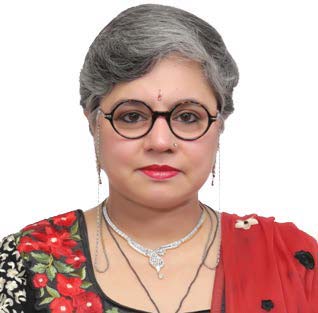
DR. ALKA KAUL, Director, Horizon Industrial Products Pvt.Ltd
The story of the Indian automotive industry is a complete blockbuster. In spite of all the trials, hurdles and deterrents, it has yet again proved its strength.
The auto industry in the country was going through a tough phase when the pandemic struck in 2020, leading to its further decline. But it was amazing to note that it was one of the first one to open the doors of its manufacturing units. The auto ancillary companies resumed their operations and the pandemic changed how the manufacturing units did their work.
I take pride in saying that the automotive industry and its ancillary companies were quick to adapt to new technologies and redefine flexi-work to ensure productivity and efficiency to meet the demand, both domestic and international.
The pandemic brought in changes to end-customers’ perceptions and requirements, which increased the mobility demands. The Government played a pivotal role in ensuring that the industries, especially the MSMEs, got all the financial support to maintain continuity.
In spite of the hurdles like increased prices of raw material and fuel and shortage of semi-conductors, the automotive industry along with the ancillary sector stood tall and worked together to mitigate the risk and provide quality products to end-customers. This is evident in the new launches, including electrification growth.
The auto ancillary Industry is expected to grow 10-15 per cent in this financial year on the back of increase in exports. The capex cycle of component makers is also back, especially investment in newer technologies and electric vehicles.
The future holds lot of challenges. But as an Industry we are quite hopeful that based on the statistical data, industry efforts and Government interventions, the revival story of the Indian automotive and ancillary industry will be a morale-booster and trendsetter, a ray of sunshine to the globe.
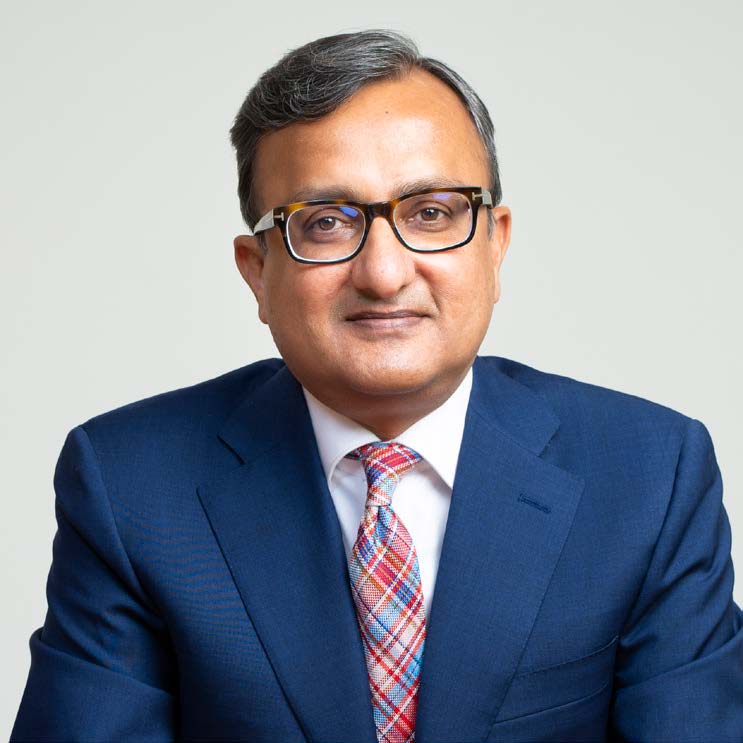
MR ROHIT SABOO, President & CEO, National Engg Industries
While India could recover fairly from the first wave, the second wave hit the country the hardest in terms of fatalities. This led to further slowdown in labor-intensive industries where impact was mainly on account of supply chain disruption, raw material, labour shortage, decrease in demand, and other regulatory restrictions. The auto component industry was also hugely affected by the second wave with shutdowns and reduction in sales.
This period, though difficult, gave us a chance to develop more local suppliers to reduce our dependency on imports. We were also able to gather a pool of ideas to cope up with the situation and work on some massive cost-reduction strategies as well. When things opened, we picked up rapidly and did better than the industry average.
To fight against COVID-19, we organised vaccination camps for our employees and their immediate family members and introduced several other initiatives. We also extended our support to the state Government by funding setting up an oxygen generation plant for SMS Hospital and donated over 100 oxygen concentrators to Rajasthan Government and Indian Railways that were imported to support the efforts against the COVID-19 battle.
While demand for automobile has been on an upswing in the past few months, supply has been one of the major concerns owing to the global shortage of semiconductor chips. Additionally high raw material prices continue to be a challenge.
The introduction of EVs will be a big step for the auto industry towards supporting the green mission. We are already part of this emerging electric mobility sector with our range of smart and high-speed bearings. We are also further expanding our manufacturing footprint by setting up new lines with focus on investing in improving quality of products, people and technology. We have aggressive growth plans both organically and inorganically.

MR K SARAVANASUNDARAM, JMD, Roots Industries
The year 2021 was a challenging year with price hikes, higher lead times and scarcity of various commodities for automotive industries along with the impact of COVID-19 in the country. The lockdown announced in many countries resulted in shortages of manpower and raw material and logistics issues globally, thereby, becoming the major cause of semiconductor shortage.
Also, the demand of telecommunication network increased rapidly which resulted in the shortage of semiconductor component for automotive industries. Requirements of automotive and telecom industries increased due to new additional requirements in vehicles, like Bluetooth connectivity, driver-assist, navigation tools and hybrid-electric systems. The demand for vehicles also increased post COVID-19, which resulted in capacity issues at semiconductor and component assembly industries. The launch of EVs is another major factor for the huge consumption of semiconductors.
The semiconductor industry was facing various problems due to the above factors from January 2021. Particularly, ICs (integrated circuits) and MOSFET (metal-oxide-semiconductor field-effect transistor) were critical shortages across the globe and lead time increased to more than 52 weeks from 12 weeks.
Automotive requirements in our sector had gone up and we had huge demands for our products with shorter lead time. Since, semiconductor components have been in huge demand globally, we faced severe shortages and lead times were on higher side. We could sense the problem in early 2021 and to meet the higher demand from customers, forecast were given to our semiconductor component suppliers well in advance. Certain parts were procured at a premium price to meet the demand.
We have ensured that no customer is impacted due to challenges like COVID-19, semiconductors shortages, long lead times and transportation delays. To meet the demand of 2022, we have improved our planning according to the current situation. We have improved our supplies and stock position of semiconductor components.
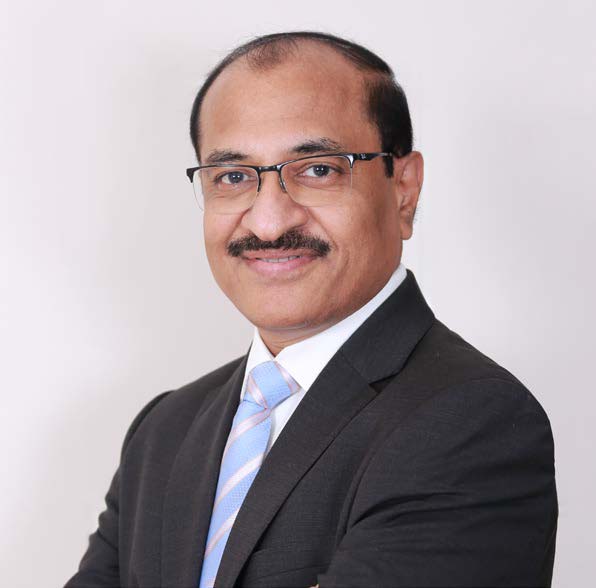
MR KRISHNAKUMAR SRINIVASAN, MD & CEO, Shriram Pistons & Rings
The Year 2020 – 2021 was severely affected by the COVID-19 pandemic, which not only impacted individuals but companies and businesses also. After the first wave of the pandemic, we saw positive consumer sentiments and a rise in demand in Q3 and Q4 of 2020. Subsequently the second wave in Q2 hit the industry badly.
The auto industry got heavily impacted by the shortage of skilled manpower due to frequent lockdowns and rising COVID-19 cases. This resulted in slowdown of production in OEMs and component industry and created a disruption in the entire value chain.
Alongside, due to environmental regulations, geopolitical situation, and other natural calamities, the commodity prices started increasing in Q1 and Q2 of this year. This got further coupled with the semiconductor shortage, shortage of containers, and higher freight costs, thereby, affecting the entire supply chain.
During this year we saw a slowdown in demand, especially in the two-wheelers segment. Demand in the passenger vehicle segment continued to be very strong but production was largely impacted due to supply chain and logistic constraints. Tractors sales were buoyant in H1 and commercial vehicles sales also improved due to the Infrastructure push by the Government.
The Government took several initiatives to boost the automotive sector. The PLI scheme for and the scrappage policy are likely to give an impetus to the auto industry in the next financial year. With the efforts from the Government and the global supply chain/logistic issues getting resolved, we expect the auto industry to bounce back in the coming year.
Shriram Pistons & Rings Ltd is the technology leader, well poised to grow with a diversified portfolio across various customer segments. We firmly believe that these transformations and Government initiatives will open new doors of opportunities for companies like us, which have been winning the hearts of customers through our quality, investment in technology and R&D.
Another important aspect is the investment in human capital, which is the driving force and one of the most valuable components of any business. The future will belong to those companies which pay most attention to effective management of human resources.

MR NAVEEN MUNJAL, MD, Hero Electric Vehicles
At the recently held climate change conference (COP26 Summit) in Glasgow, country and business leaders committed to a net-zero emission target by 2070, and to achieve it, ‘now’ is the start point. There was a continuous push for sustainable solutions without any defined timeline, whereas the 2070 announcement will urge all entities to work backward starting today.
It brings us to a point where we stand as a sector with immense potential to promote cleaner mobility and contribute to the larger goal. The segment has witnessed upward growth momentum pertaining to the revised policy, bettering infrastructure, and awareness this year to lead the long-term growth. It is getting mainstream and is actively considered by conscientious customers. It is on course to fulfill its promise as a game-changer for the automobile industry, with 2W and 3W vehicles likely to lead the adoption curve. However, it is time to raise the bar for EV growth.
The country needs to significantly scale up its EV ambitions to reduce dependence on fuel to power passenger road mobility. In a recent announcement, Union Minister Nitin Gadkari said the Government intends to have EV sales penetration of 30 pc for private cars, 70 pc for commercial vehicles, 40 pc for buses, and 80 pc for two and three-wheelers by 2030. To achieve this, it will require aggressive EV policies to capitalise on India’s competitive advantage and eliminate barriers to EV uptake. It has given a tremendous push via FAME and other schemes; however, there is always room for improvement.
We are witnessing an inequality in the PLI scheme between bigwigs and the medium/smaller players, and we feel that it needs revision to further the growth of innovators and startups. Lack of visibility, nascent infrastructure, and range anxiety continue to influence EV purchase decisions. A greater frequency of EV charging or battery swapping, or fast-charging stations can ensure better visibility and help build consumer confidence.
We have been in the EV 2W segment for over 14 years, building the category via in-depth R&D and creating the widest product portfolio. We have been frontrunner in pioneering newer technologies and strengthening infrastructure to promote the electrification drive. In the upcoming year, we are looking at expanding our manufacturing, enhancing technology, and investing further towards developing a robust EV infrastructure.
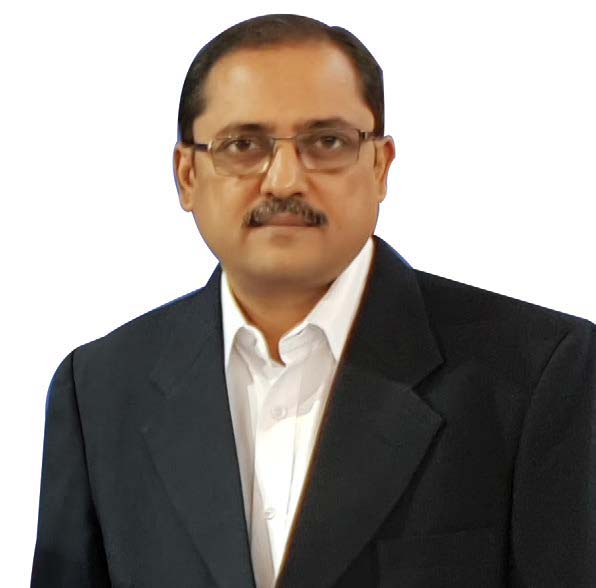
MR PRADEEP GS, MD, Jost World.
The automotive and CV industry weathered a rough storm in the form of COVID last year and is on the path to recovery. However, we remain cautiously optimistic since the new COVID variants make it difficult to predict the events which could unfold in 2022.
Since the turn of the calendar year, market sentiments have improved and demand has picked up considerably, leading to more optimism in the next financial year. We are engaging constantly with our key OEMs, supplier partners, dealers and fleet operators to take into account their views/sentiments on how the upcoming financial year is expected to pan out.
As industry experts have reiterated, the year 2020 was one of survival. Our meticulous planning and implementation of a clear strategy steered us out of the adversity. Our company did very well initially, focussing on employees’ morale. Upon restarting, we were supported by intercompany orders and we could clock decent sales to stay well afloat. Starting December 2020, it has been a big ramp-up.
The CV industry faced a multitude of hurdles since 2019 itself and, as if all these were not enough, the onset of the pandemic was a crippling blow. The truck segment in the CV domain saw significant de-growth in the last couple of years, but there would be a significant uptick in the figures for 2021.
We firmly believe in having clear strategies for both organic and inorganic growth. We are cashing in on the rise in demand for fifth wheels and have also increased the added value in the existing product range in the form of more chassis parts. Focus on the trailer segment has been intensified. We have seen good traction in sale of our trailer products in recent months. To specific segments, we are also offering products through imports from Germany.









